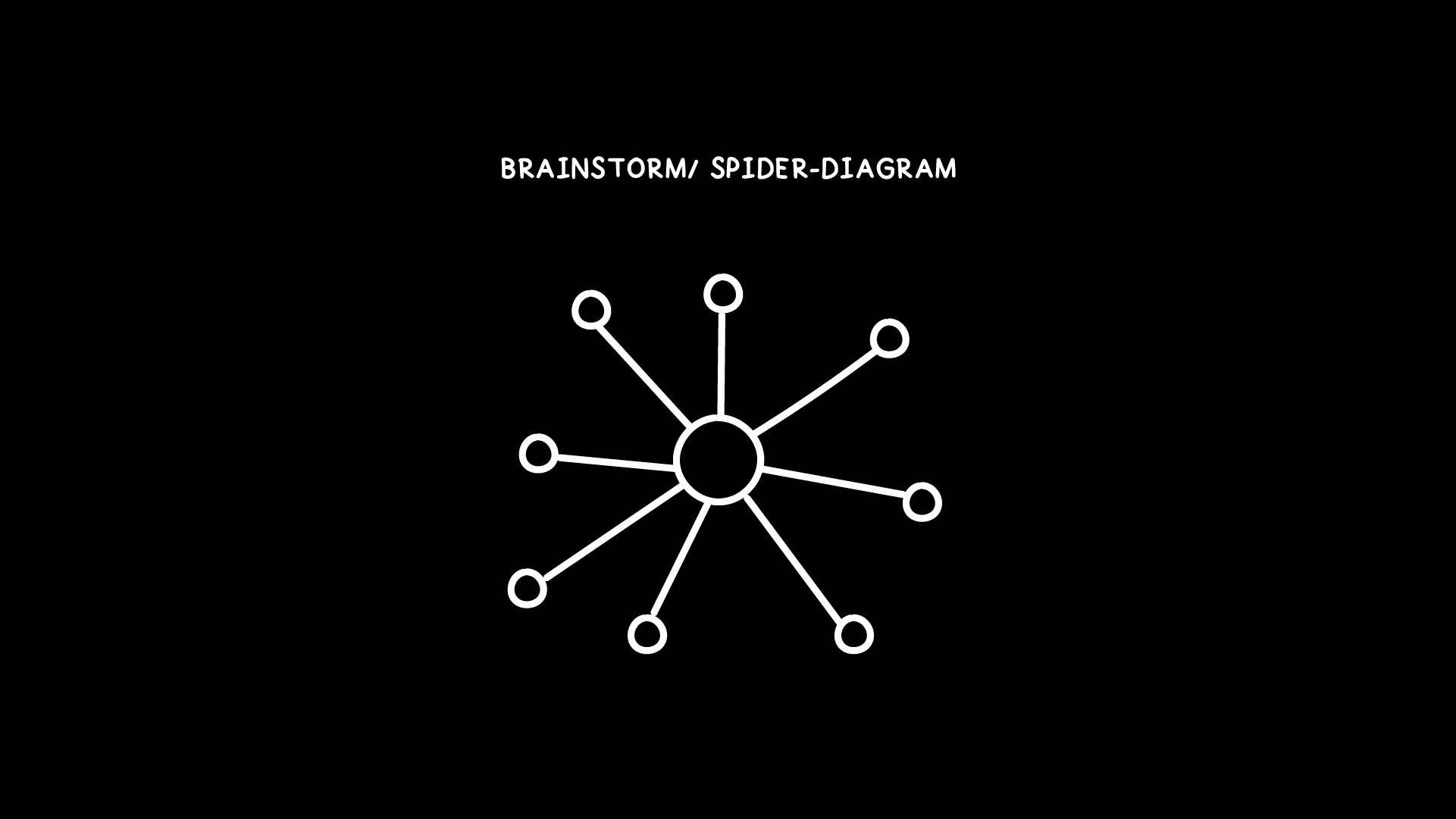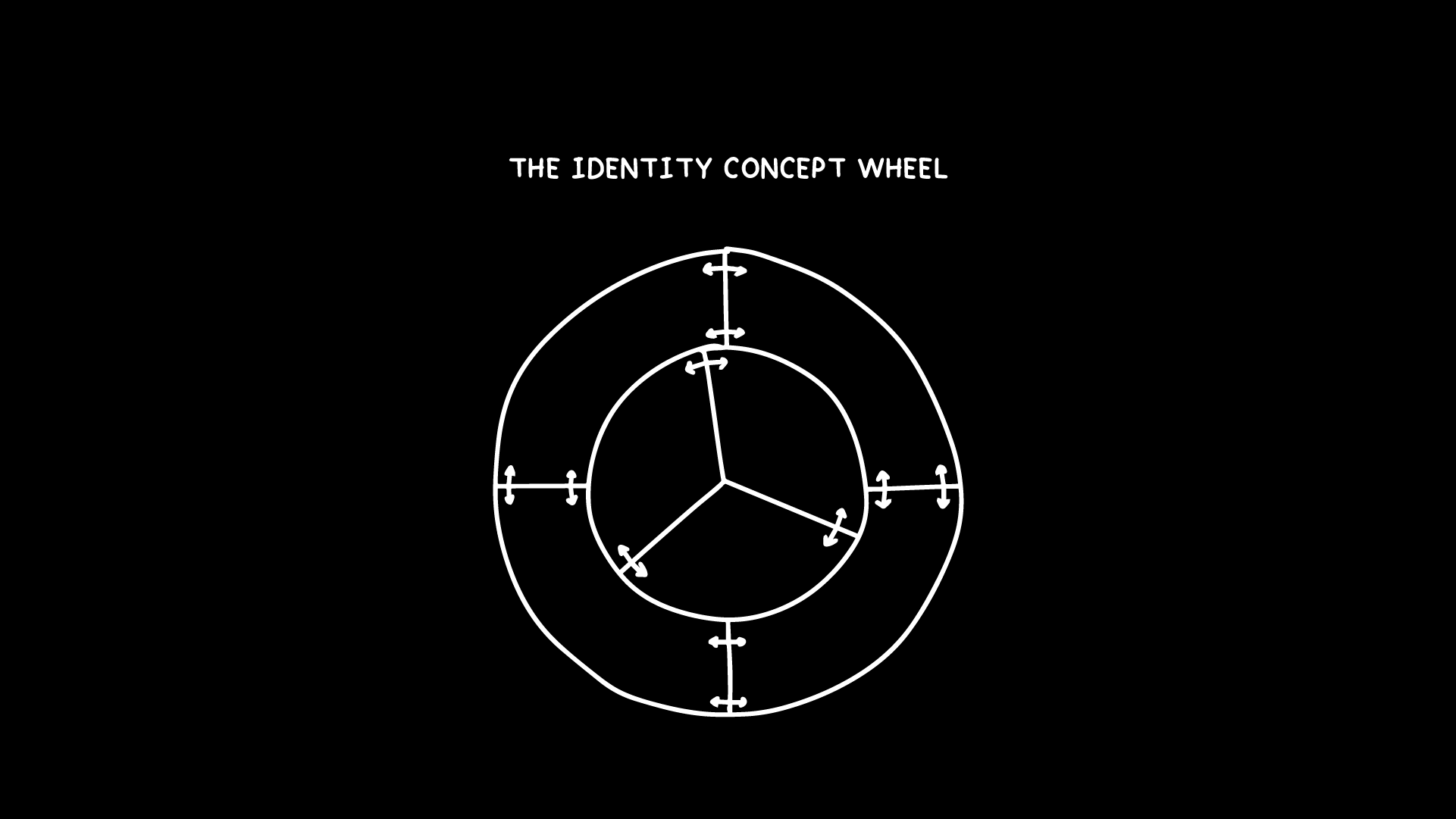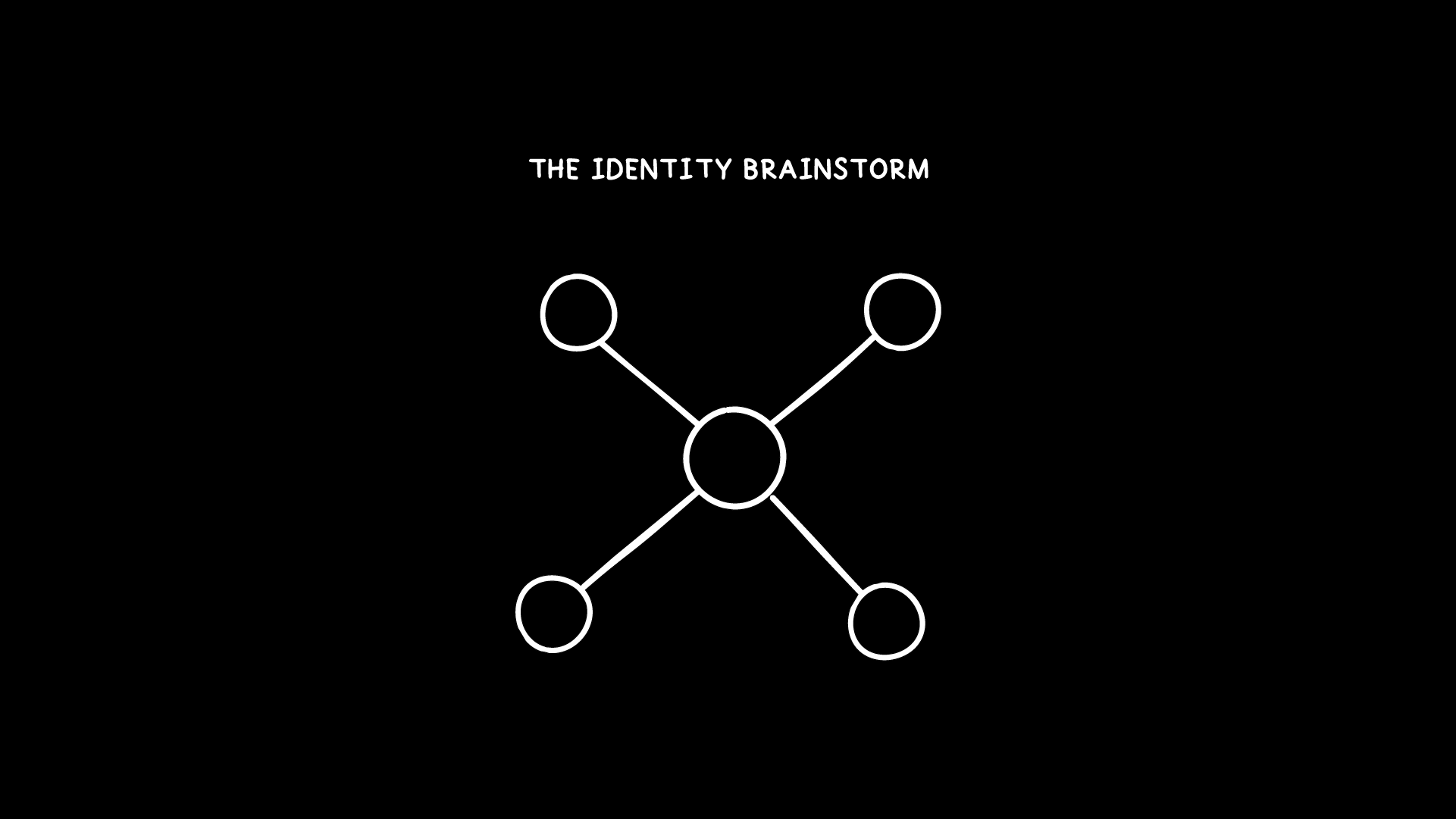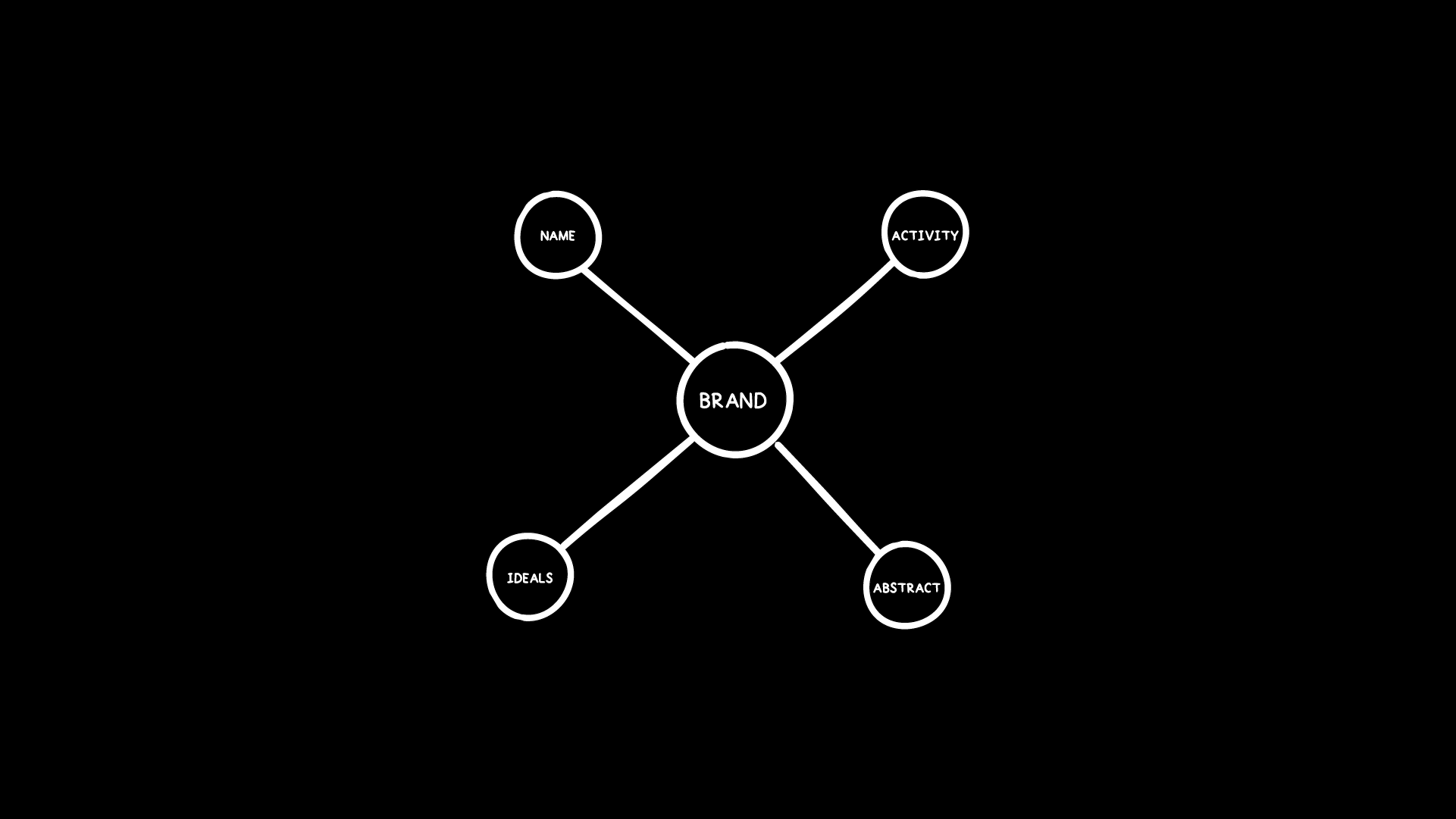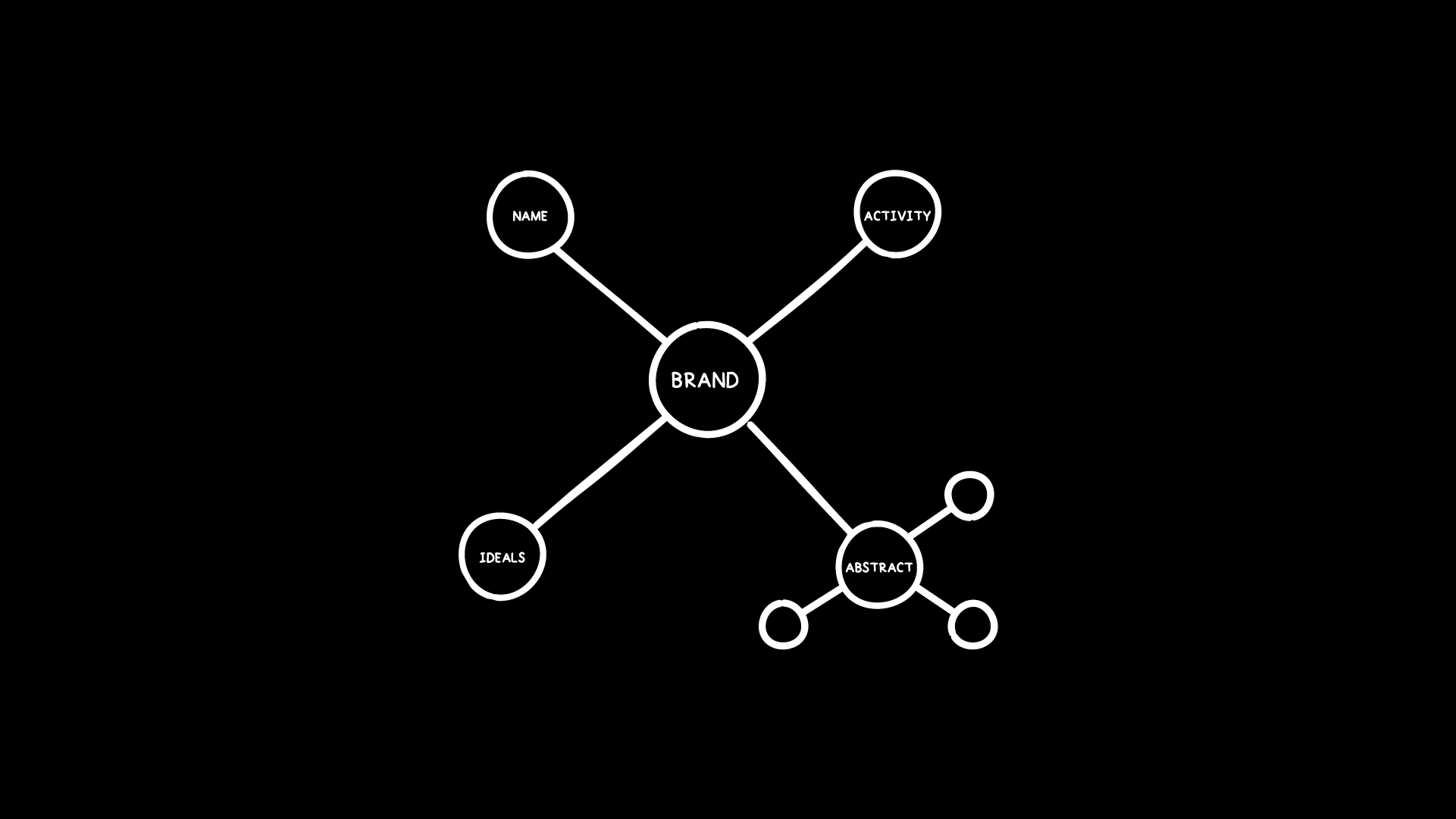How to Generate Logo Design Ideas: The Identity Brainstorm
Logo ideation is often seen as a chaotic, time-consuming process.
While creativity is important, too many designers rely on vague brainstorming methods that lack structure…
This makes it difficult to come up with strong, relevant concepts that align with the brand.
After nearly a decade of building logos and identity systems, I’ve developed a method I call The Identity Brainstorm.
It’s a hybrid method that combines the structure of the Identity Concept Wheel with the flexibility of a traditional spider diagram—designed to generate clear, relevant, and strategically sound logo ideas quickly.
Speaking at Circles Design Conference
I even shared this method during my talk at a design conference in Dallas, Texas—because it’s the only idea generation system I’ve consistently used across professional identity projects.
In this blog, I’ll show you how it works—and why it’s the smarter, leaner way to generate logo ideas.
Here is a smarter and faster way to generate logo concept ideas.
Key Takeaways
Traditional brainstorming/ spider-diagram is too vague and unstructured.
The Identity Concept Wheel is powerful, but not efficient enough for lean workflows.
The Identity Brainstorm method offers a focused, repeatable process.
It narrows your thinking using 4 key identity categories: Name, Activity, Ideals, Abstract.
In future posts, we’ll explore how to apply these concepts to different logo types: Pictorial, Wordmark, and Monogram.
The Problem with Traditional Brainstorms
Brainstorm / Spider-diagram
Spider diagrams or word association webs are commonly used in logo ideation.
They encourage free thinking and creative freedom, which is great—but they often lack direction.
I used to use this method in my early days, but discovered you sometimes end up with scattered ideas, weak connections, and lots of dead ends.
There’s no filtering system, no strategic focus, and no built-in relevance to the brand itself.
The result? A lot of energy spent exploring ideas that don’t move the project forward.
The Power (and Problem) with the Identity Concept Wheel
The Identity Concept Wheel - Logo Design Theory
Michael Schumate’s Identity Concept Wheel, featured in his book Logo Design Theory, is without a doubt, the most effective tool I’ve come across for generating logo ideas.
He recommends creating 12 different concept directions per project—ensuring breadth and depth in your ideation process.
But here’s the problem: as a Lean Logo Designer, we know the importance of time and energy.
These 12 concepts don’t include the multiple iterations per concept
Exploring every single possible combination just isn’t efficient—especially when most combinations won’t even make sense for the brand.
Not all idea combinations will work across all types of logos.
Take Apple, for example. Imagine if their logo was a wordmark instead of the apple icon.
Would it work on iPhones, Apple Watches, and tiny earbuds? Probably not.
So why would we waste time exploring a wordmark direction for a brand that clearly needs a pictorial solution?
This is where efficiency matters. Smart logo design isn’t about doing more — it’s about doing what matters.
Introducing: The Identity Brainstorm Method
The Identity Brainstorm
The Identity Brainstorm is a more focused, streamlined version of traditional logo ideation.
It borrows the clarity of Schumate’s concept wheel, but filters it down to 4 essential identity categories:
At the center of the brainstorm is the brand.
From there, you build outward using these 4 branches:
Name – What is the name of the brand?
Can we extract a literal or visual representation from the name itself?Activity – What does the brand actually do?
What service, action, or product might inspire a concept?Ideals – What does the brand believe or aspire to?
Are there values or missions that could inspire concepts?Abstract – What’s at the heart of the brand’s story?
Go beyond the literal. Explore metaphors, symbolism, and hidden meanings that capture the emotion, narrative, or essence of the brand in a covert, conceptual way.
From here, you can begin noting ideas that align with each specific identity concept—directly tied to the brand. I call this ‘branching out ideas’.
This keeps your ideation focused, intentional, and efficient.
The Identity Brainstorm - Branching out ideas
Why This Works
This method simplifies your decision-making and filters your creative energy.
Instead of wasting time exploring random ideas, you’re guided by 4 focused branches that always lead back to the brand’s core.
And because these concepts are designed to be clear and practical, they make the next stage—execution—much faster.
What’s Next?
In Part 2, we’ll go deeper.
You’ll learn how to take the ideas from your Identity Brainstorm and map them against the three core logo types (Pictorial, Wordmark, Monogram).
This next step will help you decide where each idea belongs—and which identity component it’s best suited for.
The goal isn’t just more ideas. It’s better, more relevant ideas—delivered in less time, with less waste.
Conclusion
If the ideation phase is where your energy is strongest, then give it structure.
The Identity Brainstorm turns creative chaos into clarity—so you can generate better logo ideas- smarter and faster.
What method do you mainly use when generating ideas?


